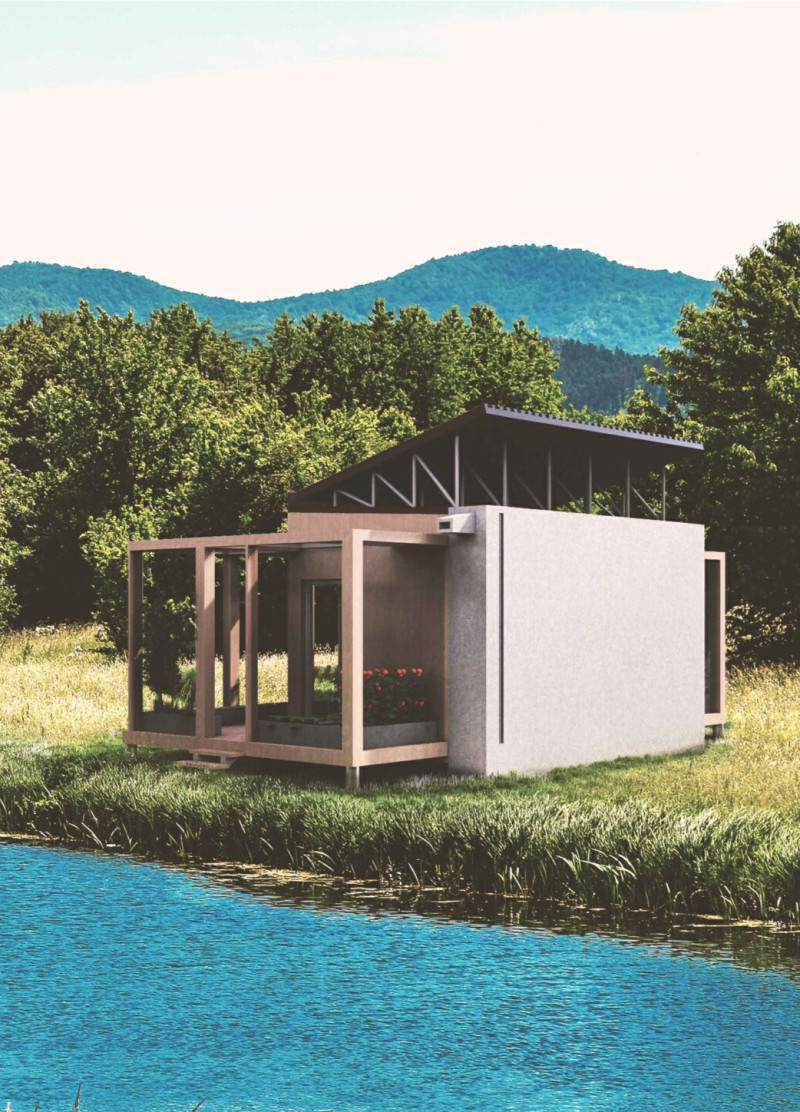5 key facts about this project
The design concept is rooted in a deep understanding of the site’s geographical and cultural context. Whether nestled in an urban fabric or situated within a natural setting, the project demonstrates sensitivity to its location, merging with existing elements while confidently asserting its identity. The layout emphasizes flow and connectivity, encouraging interaction among users and fostering a sense of community. Strategic placement of windows and open spaces enhances natural light infiltration, promoting an environment that is both inviting and functional.
Materiality plays a crucial role in the overall aesthetic and environmental performance of the project. A careful selection of materials such as reclaimed timber, concrete, and high-performance glazing is evident throughout the design. Reclaimed timber contributes warmth and character, while concrete provides durability and a sense of permanence. High-performance glazing allows the building to maintain energy efficiency while providing expansive views of the external environment. The combination of these materials not only supports sustainable practices but also enhances the visual appeal of the architecture.
Unique design approaches are evident in the building’s structure and features. The use of cantilevered elements creates dynamic overhangs that provide shade and protection from the elements, reducing energy consumption. This design technique also creates visually intriguing profiles that transform with the natural light throughout the day. Furthermore, the incorporation of green roofs or vertical gardens aligns with contemporary sustainability practices, offering ecological benefits while enhancing the aesthetic quality of the building. Such features contribute to biodiversity and reduce the urban heat island effect, showcasing a responsibility toward environmental stewardship.
Attention to detail can be observed in the choice of finishes and fixtures, which have been meticulously selected to enhance the user experience. The interiors reflect a coherent design language that prioritizes functionality without compromising on style. Space planning is executed with precision, ensuring that every area serves a distinct purpose while maintaining an openness that encourages movement and interaction.
Moreover, the project champions the integration of technology, with smart building systems designed to promote efficiency and ease of use. These may include energy management systems, automated lighting, and climate control, all contributing to a user-friendly environment that addresses modern needs. This harmonious amalgamation of architecture, technology, and sustainability reflects a forward-thinking approach that resonates with contemporary societal demands.
Overall, this architectural project stands as a testament to a concerted effort to blend functionality, aesthetic appeal, and environmental considerations. By carefully considering the balance between these elements, it creates a space that is not only practical but also enriches the experience of its occupants. For those looking to explore this project further, examining the architectural plans, sections, designs, and ideas can provide deeper insights into the intricacies that make this endeavor noteworthy.


























